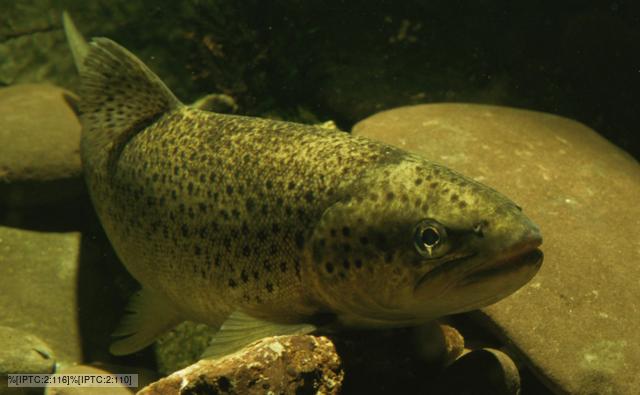Original story by Matthew Cawood, The Land
A RECENT calculation that global fish farming now produces more tonnage than beef farming highlights a little-considered reality: when it comes to feeding the world's growing population, the sea may be more important than the land.

A Queensland prawn farm. Photo: CSIRO
Nigel Preston certainly thinks so. The acting director of CSIRO's Food Futures Flagship, Dr Preston observes that only a third of the planet is dry land; the remainder is water.
"Where are we going to meet the demand for animal protein? Do the sums," Dr Preston said.
The US-based Earth Policy Institute recently did the sums on fish versus beef. Somewhere in 2011, the Institute said, the world began producing more farmed fish than beef.
In 2012, aquaculture produced 66 million tonnes of protein, and the beef industry 63 million tonnes.
Aquaculture is now the world's fastest growing animal protein food. The Institute reported that production of farmed fish is growing by nearly six per cent a year, poultry by 4pc, and pork by 1.7pc — "fast outpacing beef, which barely increased at all".
Dr Preston thinks the aquaculture industry's growth will continue to climb, thanks to fundamentals no longer available to land-based agriculture.
To begin with, some of aquaculture's livestock are among the world's most efficient convertors of feedstuff to animal protein.

A Black Tiger Prawn, one of CSIRO’s ‘perfect’ prawns. Photo: CSIRO
To produce 100 grams of beef requires about 800 grams of feed, giving cattle a feed conversion ratio (FCR) of about 8.0. Pork has an FCR reported as between 3.5-5.0, poultry 1.9.
Farmed Atlantic salmon, the most efficient of aquaculture's livestock, have an FCR of about 1.2 - meaning 120 grams of feed can produce 100 grams of salmon. In some cases, farmed salmon have reached an FCR of 1.0. On the other hand, farmed tuna can have an FCR of 10-20.
These figures aren't set in stone: aquaculture has enormous scope to improve productivity through breeding alone.
Aquaculture's livestock have barely been touched by selective breeding. It is akin to today's wheat yields being obtained by a variety only a generation or two removed from the original wheat ancestor.
Agricultural livestock have been developed through millennia of intuitive selection based on appearance and fitness for a location. That long, arduous process is being bypassed by CSIRO, which is instead cashing in on the molecular DNA technologies recently developed for animals like cattle and goats - with phenomenal results.
Within eight generations, CSIRO researchers boosted yields of the black tiger prawn from the industry average of five tonnes per hectare to 17.5 t/ha. In prawn-time, eight generations is eight years.
For aquaculture producers, such rapid development sometimes outstrips their ability to handle it, Dr Preston said. A system with the technology to handle 5t/ha is severely stressed when a new prawn suddenly bulges capacity at 17t/ha.
In prawns, and salmon, Dr Preston reported that breeding is continuing to improve productivity by about 10 per cent each generation.
The ultimate testimony to fish productivity rests in Asian villages, where centuries of necessity have honed peasant productivity to a fine edge.
Here, herbivorous fish are grown in ponds "with much higher production efficiency than you can with chickens or pigs," Dr Preston said.
"There are a number of reasons, for that, not least that a pond is three-dimensional. If you put chickens in it, they would just utilise the floor. Fill it up with water, and fish can utilise the whole production space."
Australia is not constrained for production space, Dr Preston observes, at least in saltwater. Australia's variable freshwater flows make freshwater aquaculture a dicier proposition.
In northern Australia, there are extensive tracts of coastline unsuitable for any other form of production, but highly suited to aquaculture.
"If you dig some ponds, you can have a very high value, high production protein system, and do it in a way that has no adverse impacts on the receiving environment," Dr Preston said.
"It's probably not something you can say about any terrestrial form of agriculture."
"We've shown over the past 20 years that prawn farms adjacent to the Great Barrier Reef have absolutely no adverse impacts. If you were to stop growing prawns and released the water into the environment, and went back three months later, using the most sensitive detection techniques available, you couldn't tell that there had been a discharge of water into the reef."
At the moment, Australians export $7.5 billion of excess meat and dairy each year, but we import 60 per cent of our seafood. Dr Preston thinks there is something wrong with this equation.
"Will it change? Absolutely, it will."













